VSCO Film 04: Slide Film filters
Some of you may remember a post I made a short while ago on the VSCO film filters for Lightroom and Camera RAW. They are popular but controversial just like all “film” filters are and VSCO just released the SLIDE set which I feel is the best set of filters by them to date. If you have purchased other filter packs from them then this set will cost you less than $60 right now.
I am not doing a huge extensive posting on this set but will show you a full set of images using each preset. Keep in mind there are many variants of each preset and below is just one, the portrait preset of each film. The 1st set of images below of my Mother are all full size files from the Nikon V1 and the 1st image is the out of camera file.
Below that are random images treated with various slide film filters.
You can check out the VSCO Slide film pack HERE.
–
The image below was shot with an Olympus E-P5 and 17 1.8 wide open. I used the Scala + Contrast filter in VSCO.
–
Olympus E-P5 and Panasonic 20 1.7II – Provia
–
A full size file from the Sony RX1R treated with the Provia 400 filter – click it for full size and to see the grain the filter applies
–
Velvia 100 on a Nikon V1 file
–
Provia – Nikon V1 and 18.5
–
Scala 200 on a Nikon V1 file
–
Scala 200 – Nikon V1
–
E100 – Nikon V1

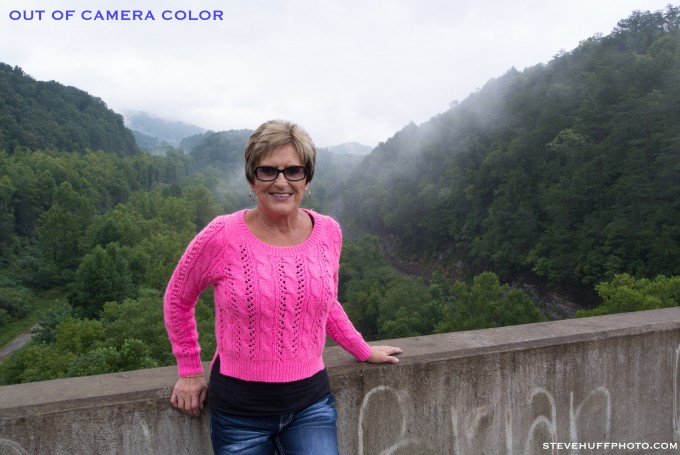
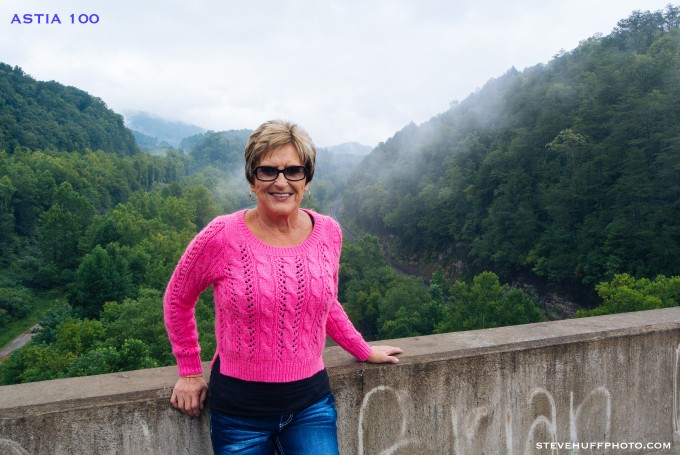
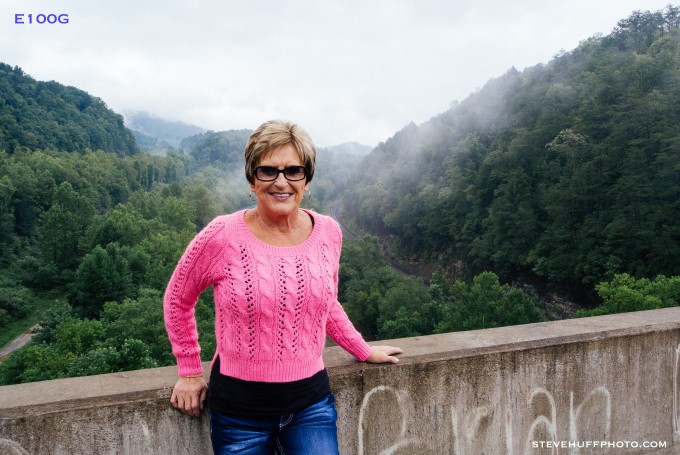
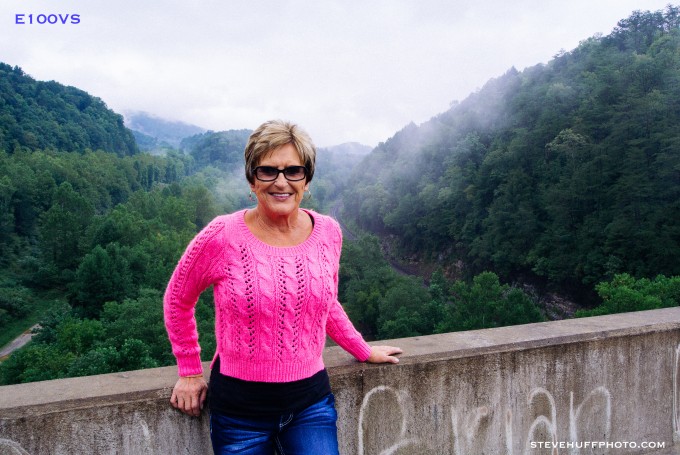
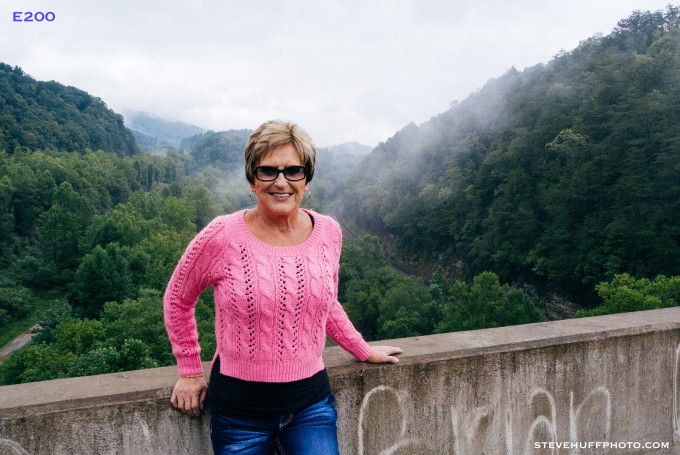
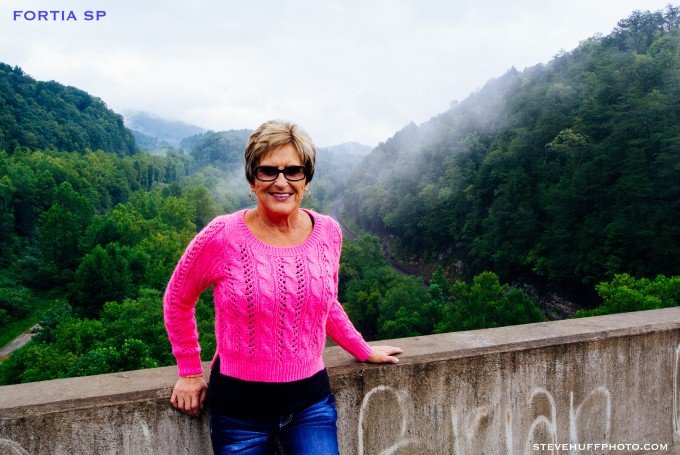
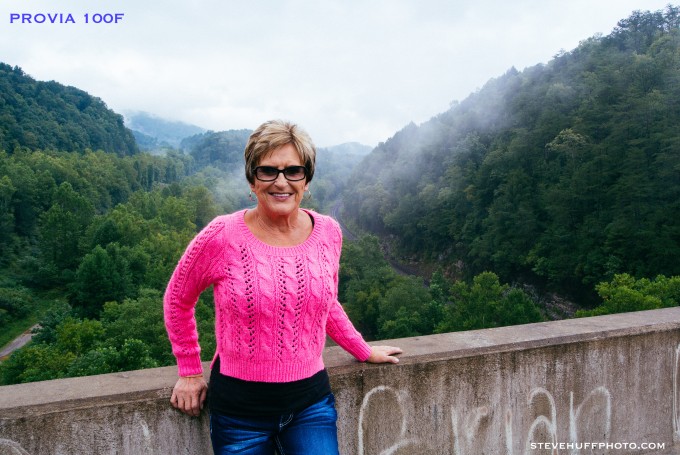
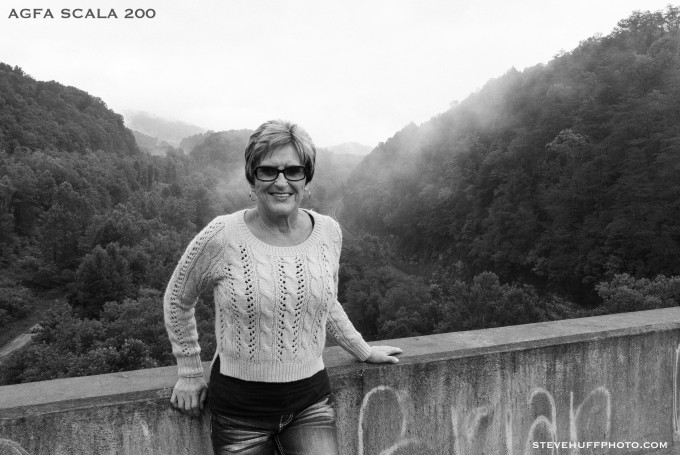
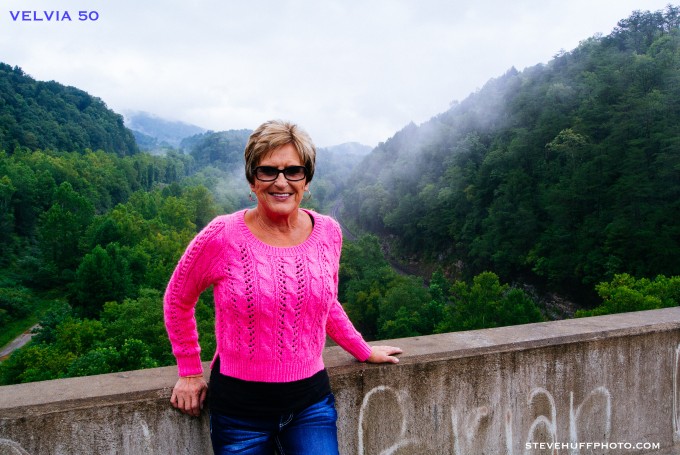
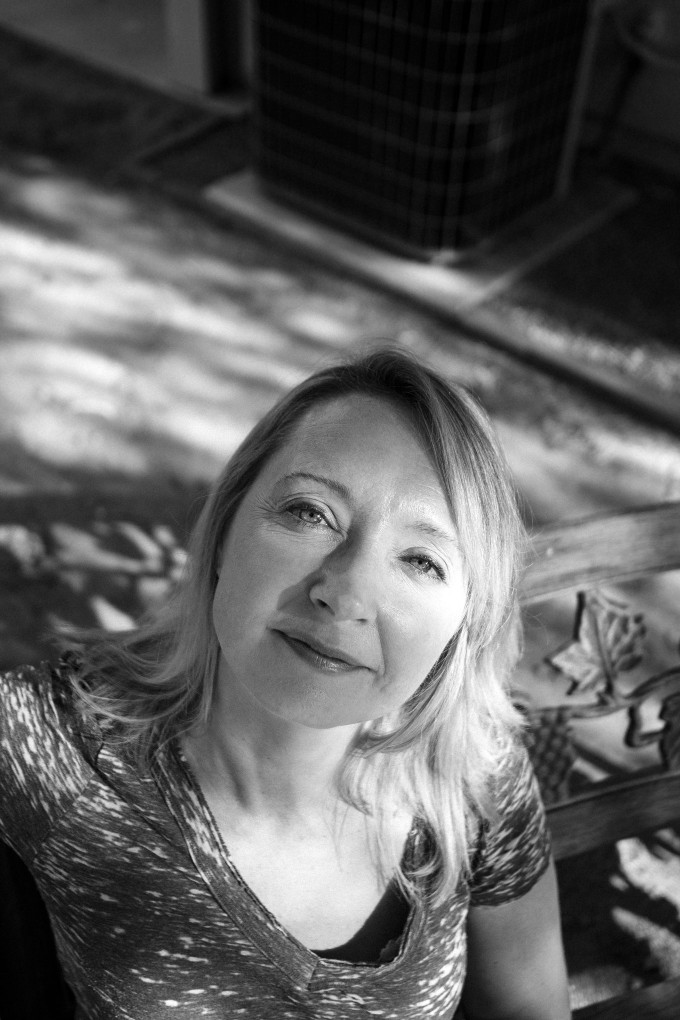

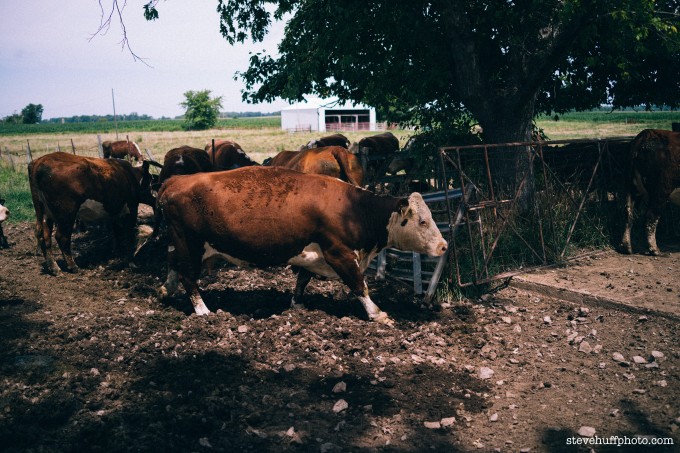
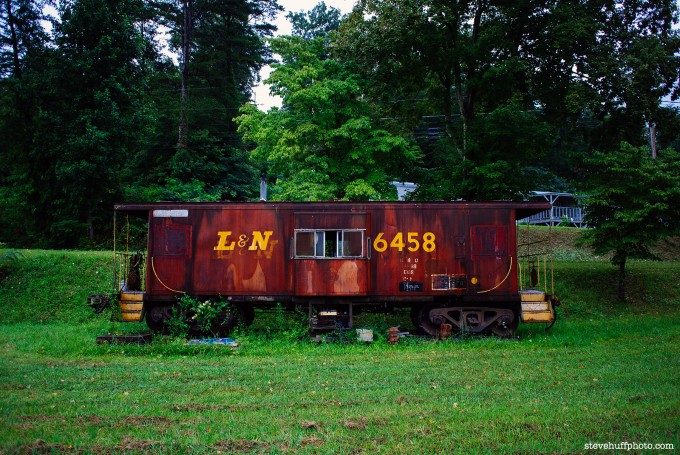
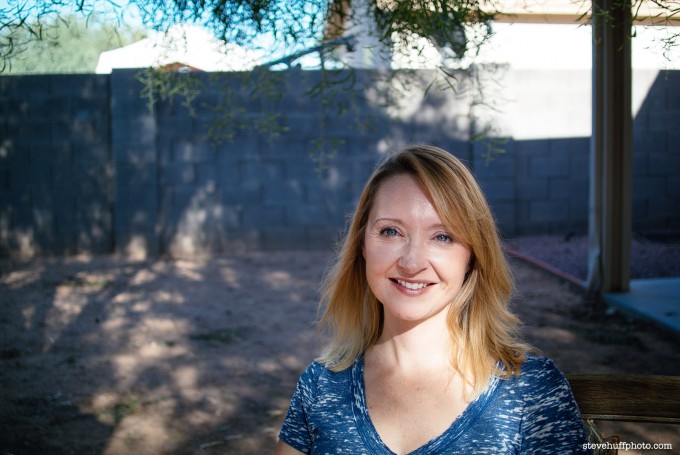

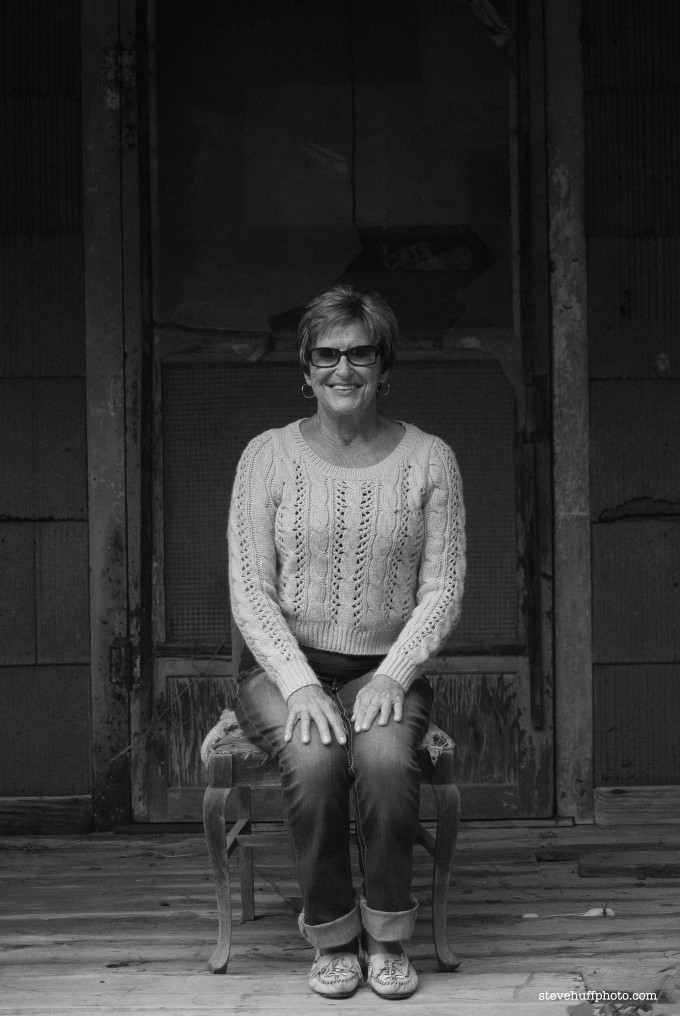
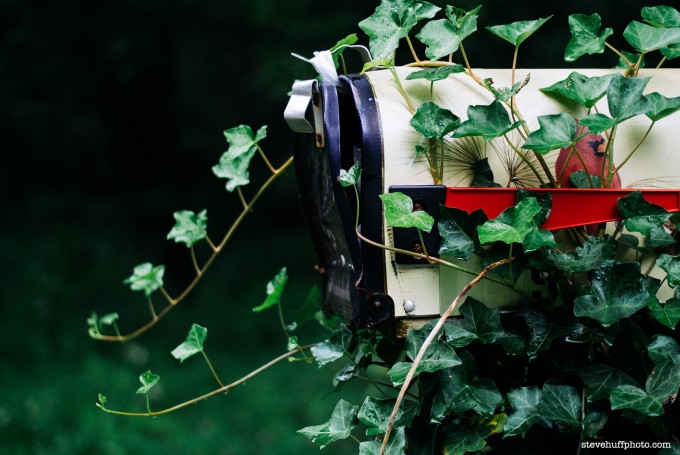


DON’T BUY VSCO film !!! I just bought Pack 1 . The presets are rubbish . It’s no different whatsoever from tweaking the develop settings yourself, the adjustments are minimal . Just went on the website to get a refund or swap to try another pack…. no deal . So annoyed I just threw away $65 .
“All other cameras (like the OM-D) only get generic profiles if I understand this right.”
My understanding, is that VSCO Film 04 has a custom profile for Olympus OMD EM5 RAW. This is unlike the other’s available. This can be seen by going to the site and looking at the bottom of the page that states all cameras it supports either by custom or generic.
Don’t the VSCO presets only work really well with cameras that have their own profiles provided by VSCO? All other cameras (like the OM-D) only get generic profiles if I understand this right.
Can anybody clarify?
They seem to work great on the E-P5 files.
Imo, too expensive. AS does some things better and many just as well, for less, and frankly i wouldnt use these enough to pay what they are asking
True. However it’s still leaves me feeling a little emotionally empty to witness this trend towards the use of software over equipment by so many today to get the desired effect. The young person I spoke about in my earlier comment told me I was an “old school photographer. I guess she is right because I still after that one great image that defines me. As a side note, though, two of my images that many people seem to like and I’ve have successfully sold were digitally enhanced with software filters. Go figure! You do good work so don’t let folks like me keep you from it.
Best Regards,
Howard
Why use filters with a good camera? A questions I’m asking myself. With cheap camera/lens combo, maybe. For fun and creativity maybe. I ask myself why bother with purchasing good equipment, bothering with the mechanics and settings then filter the results to death? Please understand I know filters are tools to photographic creativity…But…
I spoke with a young person the other day who uses filters in varies photo editing software with good results and they use inexpensive equipment to capture the original image. However they admit that they don’t have a clue as to how to use any other setting other than auto. they say this is the trend for todays young photographers…Wow! I seem at lost with this trend. A filter for color a filter for bokeh, a filter for…….
Reading the many camera reviews and the the many heated discussions regarding the merits of all these cameras, I wonder if it’s all for naught. Is the future of photography hardware or software? Trick or treat?….I wonder.
Regards,
If you stick to extreme presets, then yes, it can be counterproductive. But the idea behind emulating some of these professional films is not, at least for me, to ruin an otherwise good photo — it’s to subtly affect the color and contrast in ways which looks less clinically accurate in order to achieve some of the character of shooting film, e.g. warmer skies, cooler shadows, skin tones with more green than purple, and so on. Doing this sort of thing effectively and subtly can take many hours of experimentation pushing the sliders around yourself, so it’s handy to have a set of ready-made presets.
What we’re losing with digital sensors is character. We’re getting to the point where every sensor yields more or less the same flawless recording of a scene, while one of the pleasures of shooting film was that every film had a different look to it.
As I see it, using a film emulation preset is no different than switching a color photo to black and white. How many times have you ruined a photo by draining the color out of it like that? What a waste of an expensive color sensor. (Yes, I’m being facetious.)
Thought about it more: It reminds of me of faux-finish patinas and distressed jeans. Contrived authenticity. I love film. I love digital. I tweak my digital images to please my eye. I use digital affects when I do audio recording to replicate natural acoustics. I don’t know why this tweak should bother me more than others, but it seems to cross a line. Perhaps its because digital images can be adjusted with readily available controls to look quite pleasing and natural. Why apply many more adjustments to emulate another medium, when that medium (film) still exists and does the best job of representing itself, and even does a reasonable job of representing itself digitally (scanning–in spite of all complaints better than what I’ve seen from these filters). End of rant….
In some cases, the medium doesn’t still exist. Most slide films have been discontinued.
I think the VSCO presets are well done, and I keep a copy of Lightroom just to play with them. However, my serious work is in Aperture and, although I have VSCO for Aperture too, I don’t use it much in there.
Something in this offends my puritan sensiblities. I know it shouldn’t, but it does.
isn’t that like driving a kit car, it only looks like a ferrari, but its actually a VW 😉
More like a Ferrari dressed as a VW, but sometimes the VW is fun to drive.
Vsco filters work better for Aperture but for Lightroom 4 or 5 or camera raw are very bad
How so? I’ve been using VSCO with Lightroom 4 and I’m pleased with the results. How does it fail compared to Aperture?
Why is VSCO controversial?
Because the natural state of human beings is to be in conflict.
VSCO seems all the rage these days! Very tempted but the lack of the traditional “30 day trial” and “all sales are final, no refunds” just doesn’t bode well with me. I do like the results but will stick with adjustment layers for now.
Many Pro’s and Amateurs of the film days used Kodachrome slide film and it delivered a very special look… one that I really like (e.g.: check out Steve McCurry’s work). But it seems not even VSCO was able to produce a film emulation / preset for Kodachrome. Is that so much more difficult or what’s the reason?
VSCO uses a really detailed and specific process in order to create their film emulation presets, and a major part of that process requires them to actually shoot and develop the film with controlled tests in order to analyse it. As we all know Kodachrome processing was discontinued a few years ago… They would if they could but they can’t so they won’t. 😀
Steve’s website just ate my comment reply, so here is take 2.
If you are looking for a Kodachrome present, X-equals has a bunch. I don’t know how true to the original films they are, but what I can tell you is that VSCO and XEL don’t differ by much in final look (after a few adjustments). I own VSCO pk 1 and 2 and XEL-color. If I process a photo with both products using a common film (profile) the results are pretty similar. XEL does not have all of the +, ++’s, etc but that is just adjustments to curves and output levels, so anyone can do that in photoshop or lightroom.
So if you are looking for a Kodachrome preset, XEL may be a good place to try. They are also very inexpensive to you don’t loose much by trying.
I have never found a Kodachrome preset that looked anything like Kodachrome, but the Ektachromes in VSCO 4 are pretty convincing. Definitely their best set yet, and I have all of them.
AlienSkin Exposure 5 just $199 supports PS-LR-AP. If you buy all VSCO packs you have to spend over a $1000 (LR-ACR8-AP), no trials. Just riidiculous, I repeat – RIDICULOUS!!! -. Film looks E200, E200VS etc?…. yes the name is correct and maybe just a nice present, but far away from the original film…. or? People think twice, don’t get fooled by the VSCO hype (and smart marketing)
AE is a standalone application so making it work in ACR-LR-AP isn’t really a big deal. VSCO works directly in LR allowing you to see a non-descructive preview. It’s not apples to apples and I suspect the same people will own both applications.
@Marion: Yes, I agree withe you, the benefit is a non-descructive workflow with VSCO. That’s what I like! But….. well, you still have to spend a lot of $$$. If that’s no problem, okay. To me I have to think about it 🙂
Being a film photographer for more than thirty five years, it comes natural to seek the film look in my digital pictures. Therefore I am using four film post processing softwares. I find that the best of all in most of the cases is Exposure of Allien Skin, though their much acclaimed Kodachrome module does not perform at par some times. VSCO have done an excellent job with all their film plug-ins I have tried so far (01, 02, 04). I find Fuji Velvia 100F exceptional as well as Agfa Scala 200. Using the B&W presets with Monochrom’s DNG files delivers top results. The pro of VSCO is that you can preset the RAW file and work on it without converting to TIFF first and this is a great convenience. On the other hand the main con is that you cannot control the grain while the tones change is not so smooth. In the B&W presets, the generic film curves used by VSCO do not fit so good to low light photos. Exposure 5 excels in this field with Nik SFX2 Pro offering exceptional HP5 and APX400 simulation. The stand alone True Grain software offers the best results for monochrome files, although it takes some skills to blend the grain seamlessly.
Unfortunately we cannot have the best of all worlds just in one package. VSCO is one top of the line product that offers speed, convenience and quality in most of the cases. The Film 01 Standard works fine with JPEGs too.
Dimitris V. Georgopoulos,
Photographer at Large
Athens, Greece.
The colors looks good, and also the grain.
I like to make my own film presets, and for that I use Lightroom 5 and the NiK Collection.
But interresting to see that when digital cameras getting better and better, we allways strive to get the feeling pictures shot With film have.
VSCO 04 nicely rounds out the VSCO presets. Until pack number 04 there was a lack of presets with punchy colours. It’s also good that they have got custom profiles for more cameras. When they brought out pack 03 they added the fuji x cameras. A couple of months later they added support for the x cameras to pack 01 and 02 which you could renown load for free. So hopefully they will do the same for the cameras they’ve added to pack 04 and we’ll have custom profiles for leica, Sony and Olympus added to packs 01, 02 and 03 shortly.
For some more examples, The first 9 photos in my photostream were processed using pack 04, the first 3 were shot with an Olympus omd and the next 6 were shot with a Panasonic gf3.
http://www.flickr.com/photos/daniel_came/
The grain is normally taken off as I’m not really looking to emulate film with the packs, I use them to quickly get the best look to suit the photo and cut down on my processing time.
Agreed Daniel, this is IMHO the best of the packs so far. For me the C41 emulations were in general far too flat and lifeless but I think they’ve done a pretty good job here overall on the chromes.
Sure Lo-Fi colour has it’s place granted, but it’s nice to see some oomph and them sticking reasonably well to the actual original renderings of these films. Agfa Scala doesn’t look too bad to my eyes either so well done VSCO.
Funny… Of the ‘Mom’ portraits, I like the OOC one best. I guess i’m a bit old fashioned and it seems like an awful lot of fuss to get a digital picture to look like a film that didn’t render a scene accurately. Anyway, can’t photoshop / Lightroom or whatever do the same thing? Aren’t these settings just really messing around with brightness, contrast, hue, saturation in varying amounts? I’m sure it’s just me… Yeah, and I don’t shoot film anymore… I love digital.
As expected the V1 loves these film profiles.
I really like the last pic, it looks very film like.
Very cool Steve.
Interesting, although the E100VS and E100G don’t look the way I remember those two films used to behave.
I still miss my old Agfa Ultra 50 film from the late 90s-early 2000s… That film was really unique and well, I just loved it. Oh and Gaf slide film… especially GAF500. Really unique high-speed film that could get you out of trouble easily if you were in poor light.
Nice!
Sticking with AlienSkin Exposure 5
Steve,
Thanks for posting. I purchased vsco 4 last week and love that they have presets specific for Leica. I own all 4 sets and even though expensive it’s well worth it. I like the fact that you can make adjustments right in Lightroom.
Gage
ps I bet vsco has seen a huge increase in sells since your original post. After I posted a few pics on Facebook I found more people who had just bought it and others that decided to buy it.
Which one do you prefer steve? Vsco or Aliens?
i like the one of the cows
Lookin’ real good, Steve. I’m soooo tempted…
I’m have a number of cameras but right now shooting mostly with my M-E with a newly acquired Zeiss 25mm Biogen. WOW WOW WOW! I love what I’m getting with Lightroom and Nik, but I just might have to try the VSCO. Thanks so much for all your inspiration.
Oops… “I have a number of cameras…”